"Our artichoke campaign is divided into two: a first phase in October, November and December and a second one between January and late May. Things went pretty well during the last three months of 2023 because of the production problems on a national level, so volumes were in line with demand leading to a higher average sales price than in the previous year. We have realized, however, that consumption was generally slower for vegetables this year," reports Filippo Frongia, partner together with Andrea Manca of Agro Mediterranea Distribuzione, a company specializing in the supply of produce to the big retail chain and part of Agro Mediterranea Group.
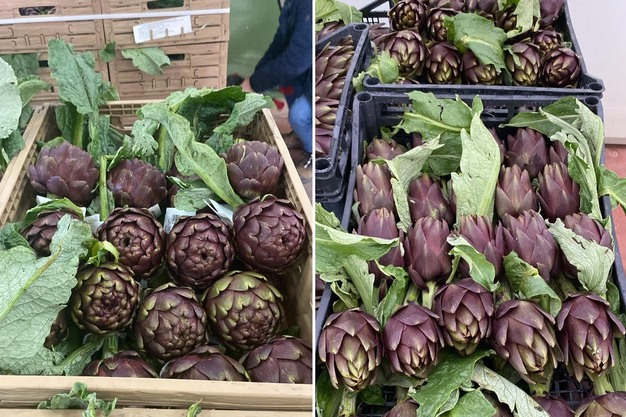
As for the rest of the campaign, Frongia stresses that they currently have to deal with damage caused by the frost occurred a couple of weeks ago. "The quality of the produce has worsened, so part of the artichokes go to the processing industry. For what concerns late varieties such as Romanesco and Terom, planning is very late, meaning that we should reach a peak around March 10th."
"We are hoping the surplus will reabsorb as we reach the Easter period. Demand is usually lively around Easter, but we will have to wait and see as, over the past five years, frost has been a problem between mid-February and mid-April."
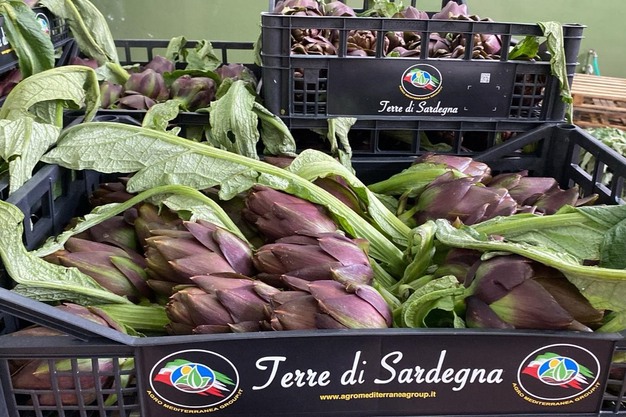
The varieties selected tend to be increasingly early due to climate change. "Our productions are located between north and south Sardinia to maintain the quality standard high: from Campidano di Cagliari in the south (mainly Villasor, Serramanna and Samassi) where we produce a wide variety of early artichokes (Spinoso, Tema, Terom, Romanesco and subcategories, Violetto), moving on to the Sulcis area to the south-west and the Oristano province where Spinoso sardo is the most popular variety, and finishing with late artichokes in the Valledoria area to the north."
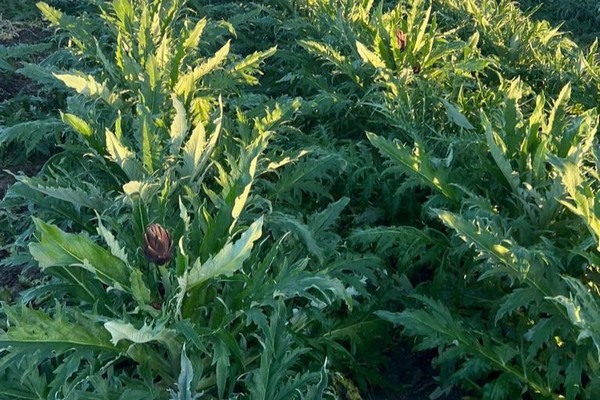
"Italy is the leading consumer of artichokes and such market represents our main destination, however some batches are indeed sent abroad, especially to Germany, though exports are never abundant in terms of volumes. The first two Italian regions that pushed themselves out of the national boundaries were Sicily and Puglia, however our main competitor is Spain, which boasts extensive varieties and a larger commercial capacity. There is also produce from third countries such as Egypt and Tunisia, which are focusing on quality thanks to Italian know-how and which boast lower labor costs."
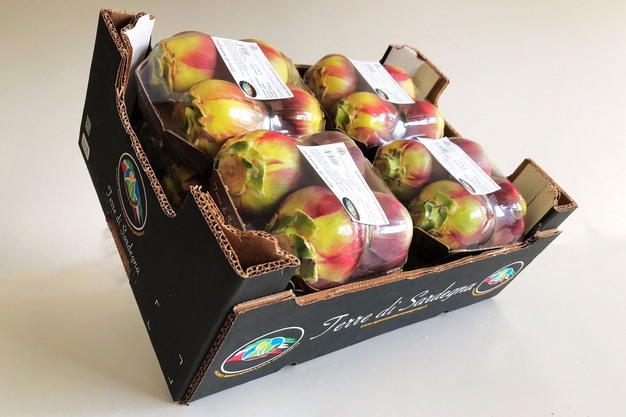
Agro Mediterranea Distribuzione has also been testing seed and white artichokes. "White artichokes are more appealing abroad. We will experiment with three new clones on around 20 hectares and then we will make our considerations. If everything goes well, the diversification will lead to advantages for both our company and our supplier network due to the lower risk and new markets."
Photos supplied by Andrea Manca
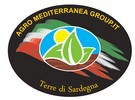 For further information:
For further information:
Andrea Manca - sales manager
+39 342 3390390
Agro Mediterranea Distribuzione Srl
S.P. 56 Km 0.500 Loc. Perdalba
09027 Serrenti (SU) - Italy
andrea.manca@agromed.it
www.agromed.it
